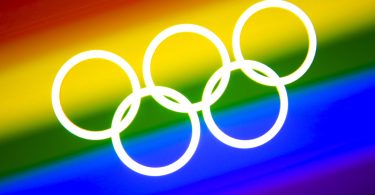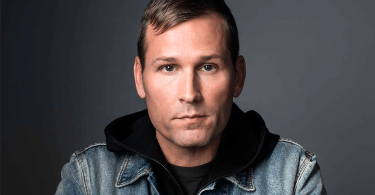There are numerous reasons queer youth face substance abuse more | Photo: Unsplash/Jair Lázaro
According to a new study, lesbian, gay, bisexual, and questioning (LGBQ) youth are twice as likely as their straight peers to use illegal drugs.
Researchers at San Diego State University in California published the study, Substance Use Among Lesbian, Gay, Bisexual, and Questioning Adolescents in the United States, 2015, in July.
The study’s authors looked at data from 14,703 high school students. They examined lifelong substance abuse as well as prior-month use. The data included information on 15 substances, including illegal drugs, alcohol, and more.
Overall findings of the study indicated LGBQ teens reported substance abuse in their lifetimes at a 12% higher rate than straight teens. For the previous month, the number jumped to 27%.
Use of specific substances
While illegal drugs had the least usage, LGBQ teens still reported higher uses of them.
In their lifetimes, 6.6% of LGBQ teens reported using heroin, compared to 1.3% of straight teens. For methamphetamines, the numbers increased to 8.6% of LGBQ teens and 2.1% of their straight peers.
Overall, LGBQ teens are three times as likely to try these drugs at least once in their life. They are also more than twice as likely to try cocaine and ecstasy.
Half of LGBQ teens have used marijuana, 72% have tried alcohol, and 47% said they have smoked at least once. All of these numbers are higher than their straight counterparts.
Numerous reasons for turning to drugs and alcohol
John Ayers, one of the authors, said factors like stress, discrimination, and loneliness ‘may make drugs foolishly appear attractive as a coping mechanism’.
Other studies support this information.
A report in Ohio also revealed queer teens are more likely to smoke or vape. Another surveyed revealed that only 1 in 4 queer students feel safe in school, adding to the stressors in their lives.
Another factor to consider is that more and more people are identifying as LGBT in the United States.
‘The fact that the proportion of youth who identify as LGBQ is increasing (makes) it even more important for families and professionals to pay attention to this relationship because of the increasing numbers of youth affected,’ said Kimberly O’Brien, a researcher at Boston Children’s Hospital and Education Development Center and a psychiatry instructor at Harvard Medical School.
H/t: Reuters
More from Gay Star News
Demi Lovato speaks out for first time since overdose
Meet the queer, former addict behind the Eight Step Recovery program
The gay community has to get over its unhealthy addiction to drugs







